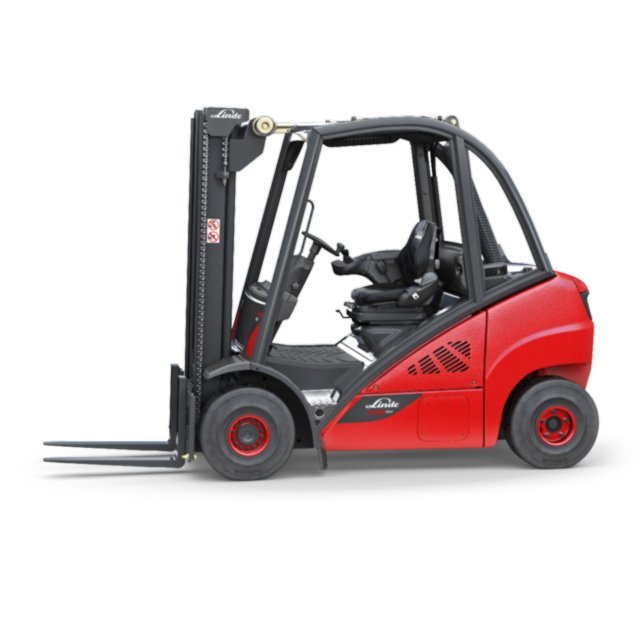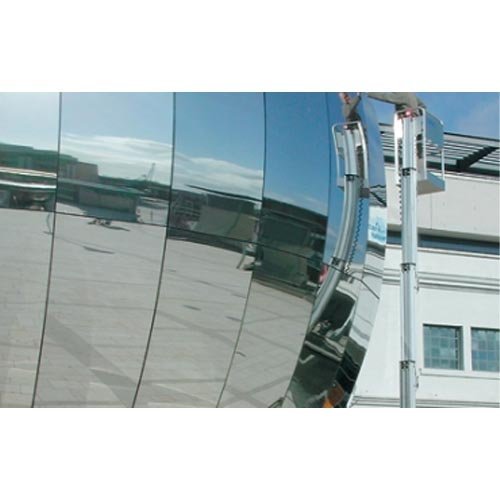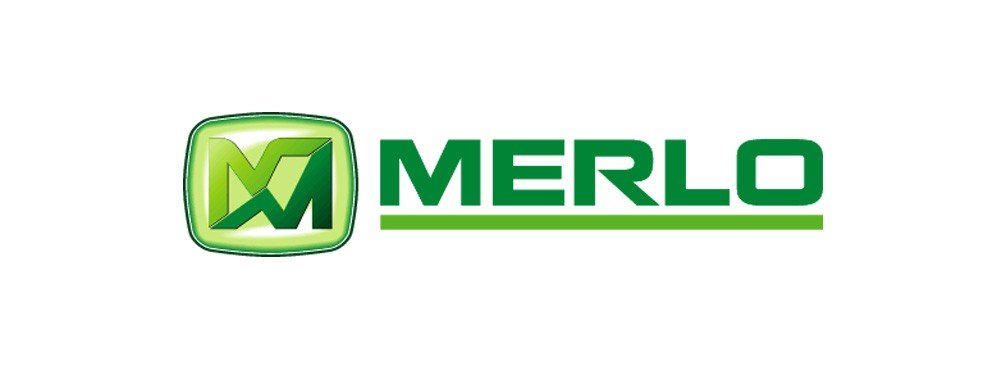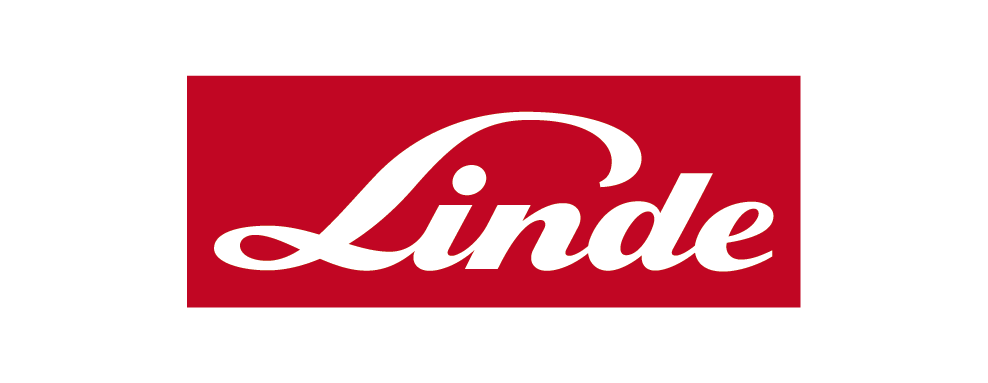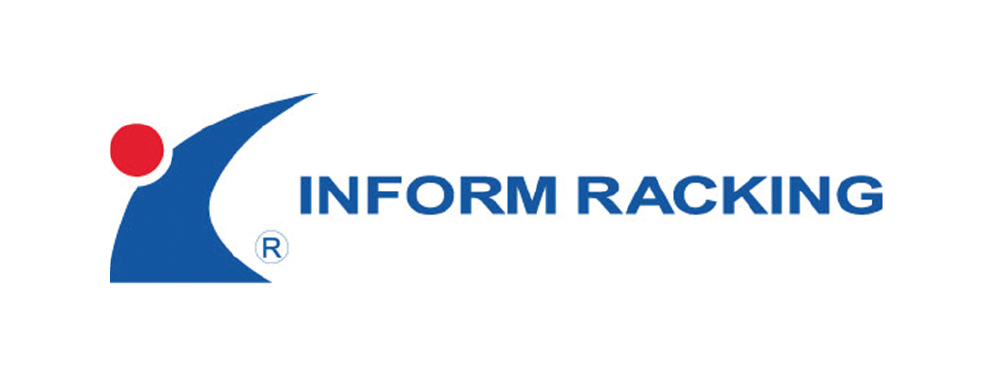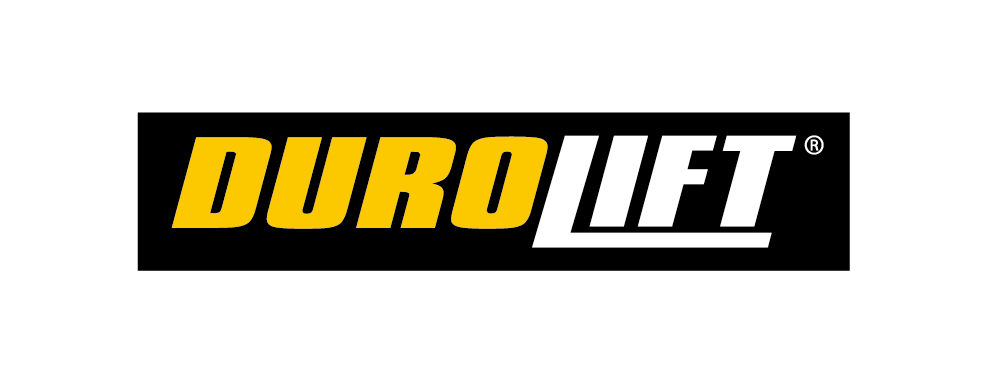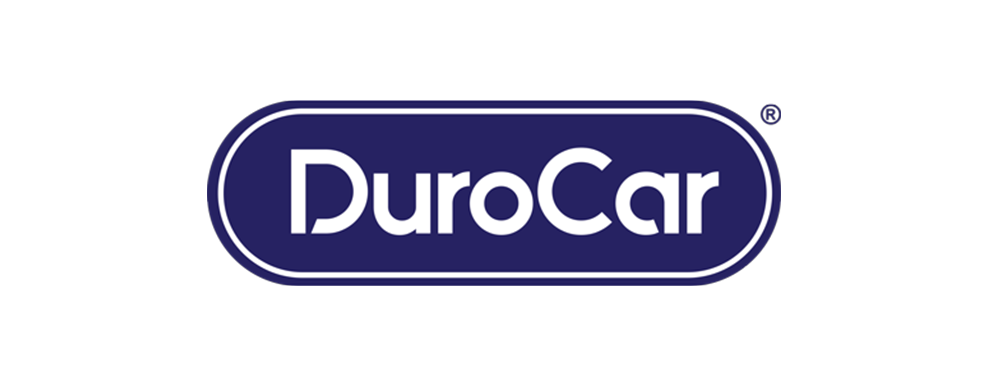Considered to be the workhorse for the vast majority of factory, warehousing and logistics operations, the counterbalanced forklift is evolving from an essentially human-operated piece of stand-alone equipment, into an intelligent machine that can be fully integrated into an advanced, automated inventory management system.
Already commonly used in countless high-production and mass distribution centres around the world, the potential impact of robotic forklifts in small- to medium-sized operations will be slow and gradual… it will be many years until we see robotic forklifts in general use.
However, in the short-term, automated intelligent forklifts may well be a viable and cost-effective way for many factories and warehouses to improve efficiency and reduce throughput times. In the facility of the not-to-distant-future, inventory operatives will be able to assign transport tasks to intelligent automated guided vehicles, instead of getting behind the wheel of a forklift themselves.
Many manufacturers already offer automation options that give a forklift the ability to navigate around indoor and outdoor facilities through the use of 3D camera technology: the vehicle can sense its environment and manoeuvre like a human being.
Intelligent forklifts can now be individually programmed to pick specific pallets and deliver them to a loading bay or production facility faster and safer than human-operated forklifts, and the reverse goes for inbound freight sorting. High risk or high vehicular and pedestrian traffic areas of a plant, warehouse or marshalling yard can have specific RFID tags positioned so that forklifts are automatically slowed down and not exceed speed limits.
In businesses where picking from mixed pallets is common, the automated forklift can help enormously. It can be programmed to locate and lower a pallet, and deliver it to the optimum safe picking zone for item selection, then return it to its original location. Intelligent reach trucks can even be programmed to select an individual item from a high rack system.
A very recent and much anticipated automation innovation is speech and gesture command programming. As well as speech commands, for example “Store this pallet on rack 5 in bay 10”, the forklift can also be programmed to recognise an individual operator and interpret and understand specific gestures as commands.
And from a human perspective, forklift automation will help eliminate several acknowledged ergonomic H&S factors such as awkward neck and back posture problems.
While it is increasingly obvious that forklift automation and the role it can play in the factory or warehouse is at the forefront of progressive material handling management thinking, with modern technology, and the way and speed at which it is evolving, there are no hard-and-fast rules as to which innovation will bring the highest returns. What is clear, however, is that the main drivers of change, and the move to ever-increasing automation, are user demands for improvements to speed and economy of operations, accuracy and efficiency, lower energy consumption and lower emissions, and improved ergonomics and operator experiences.

